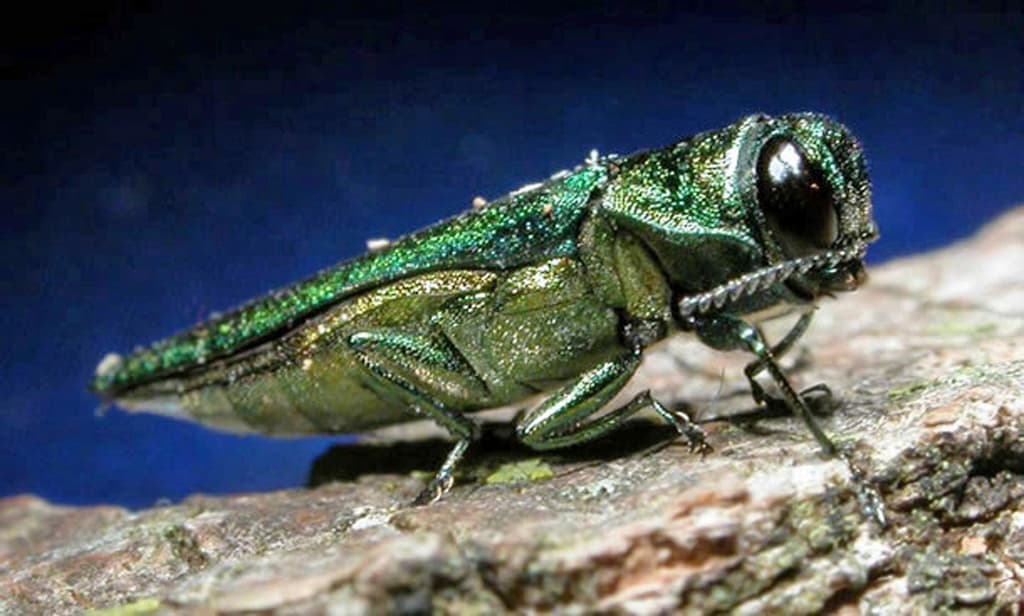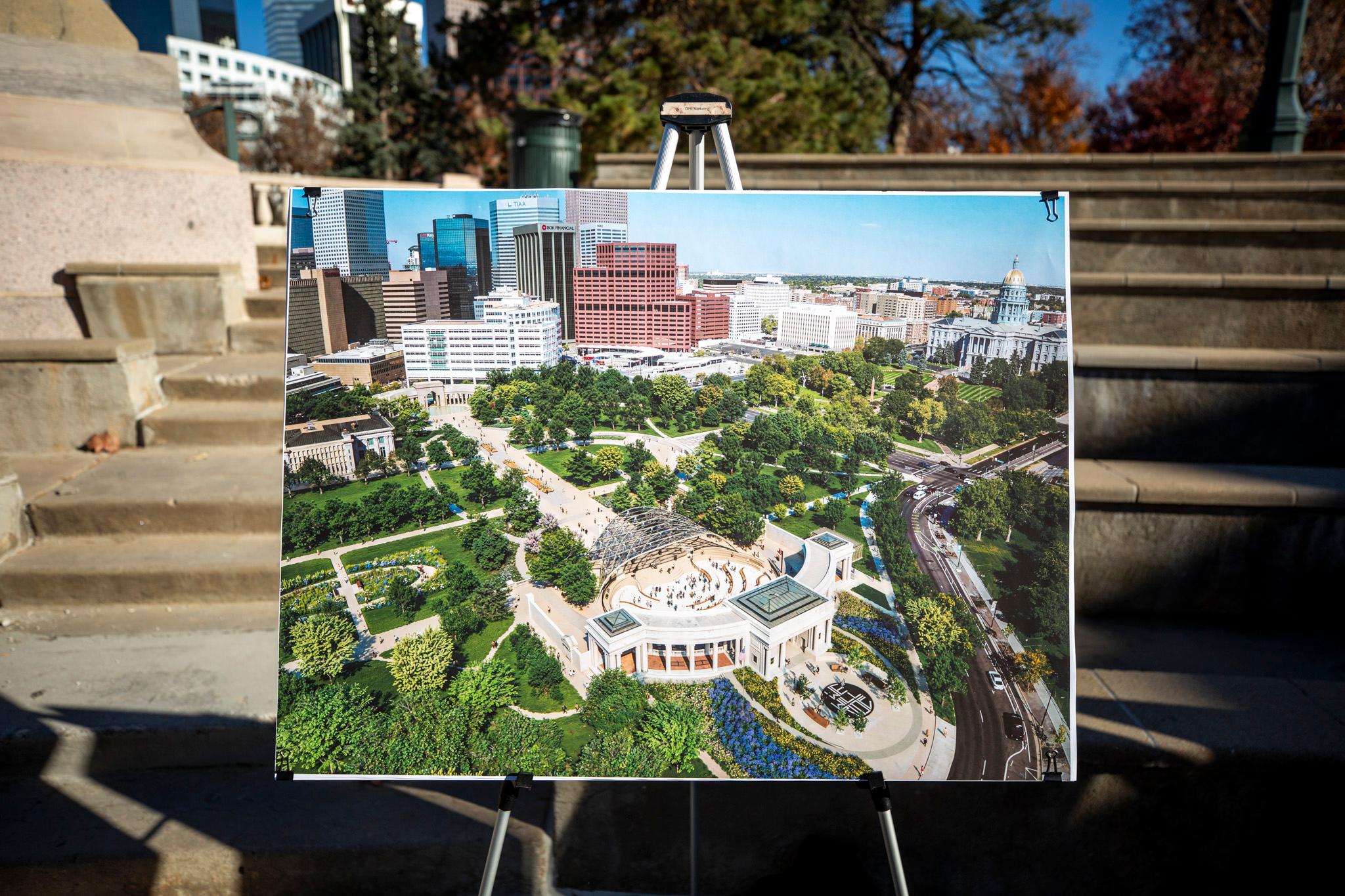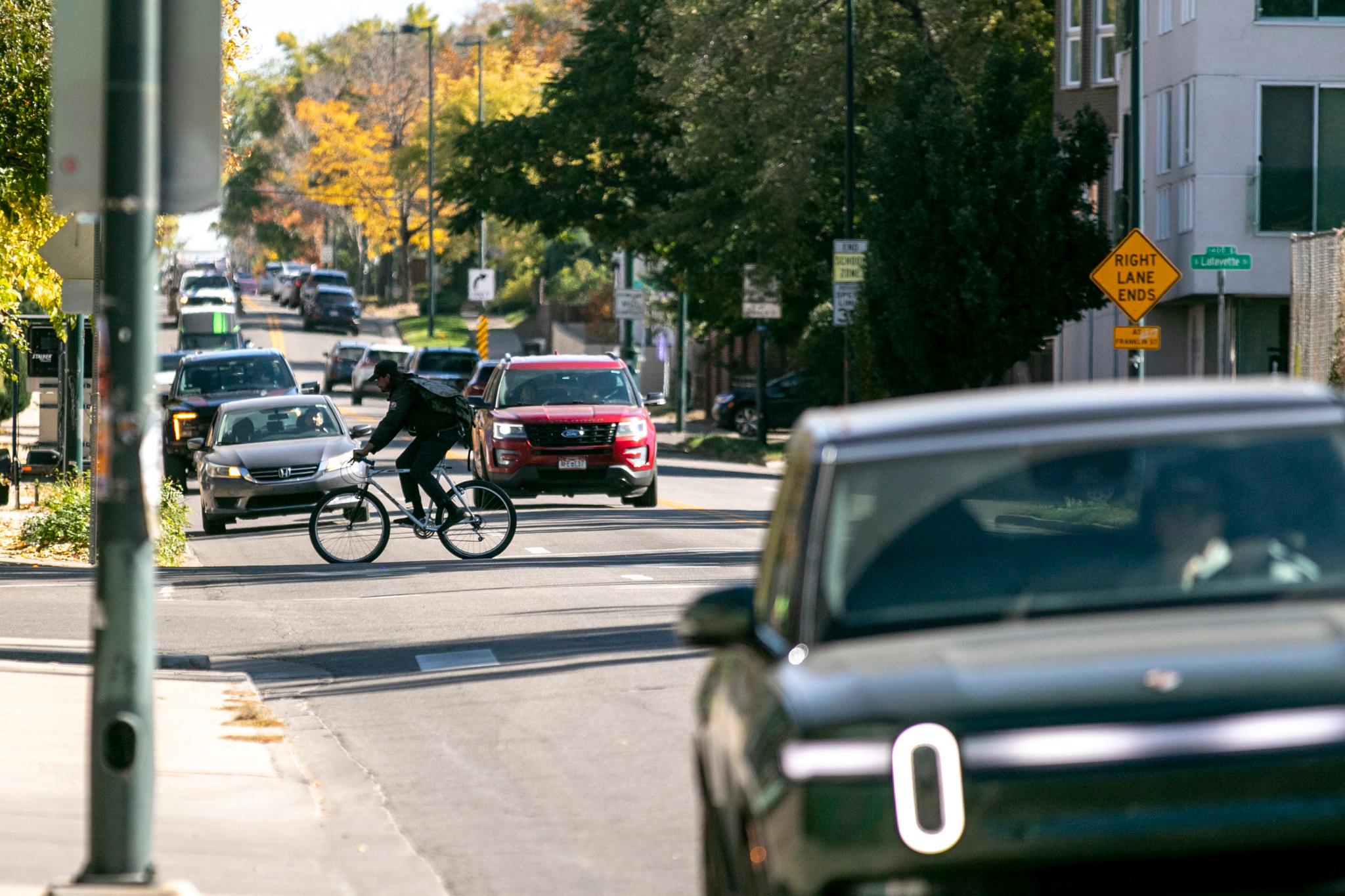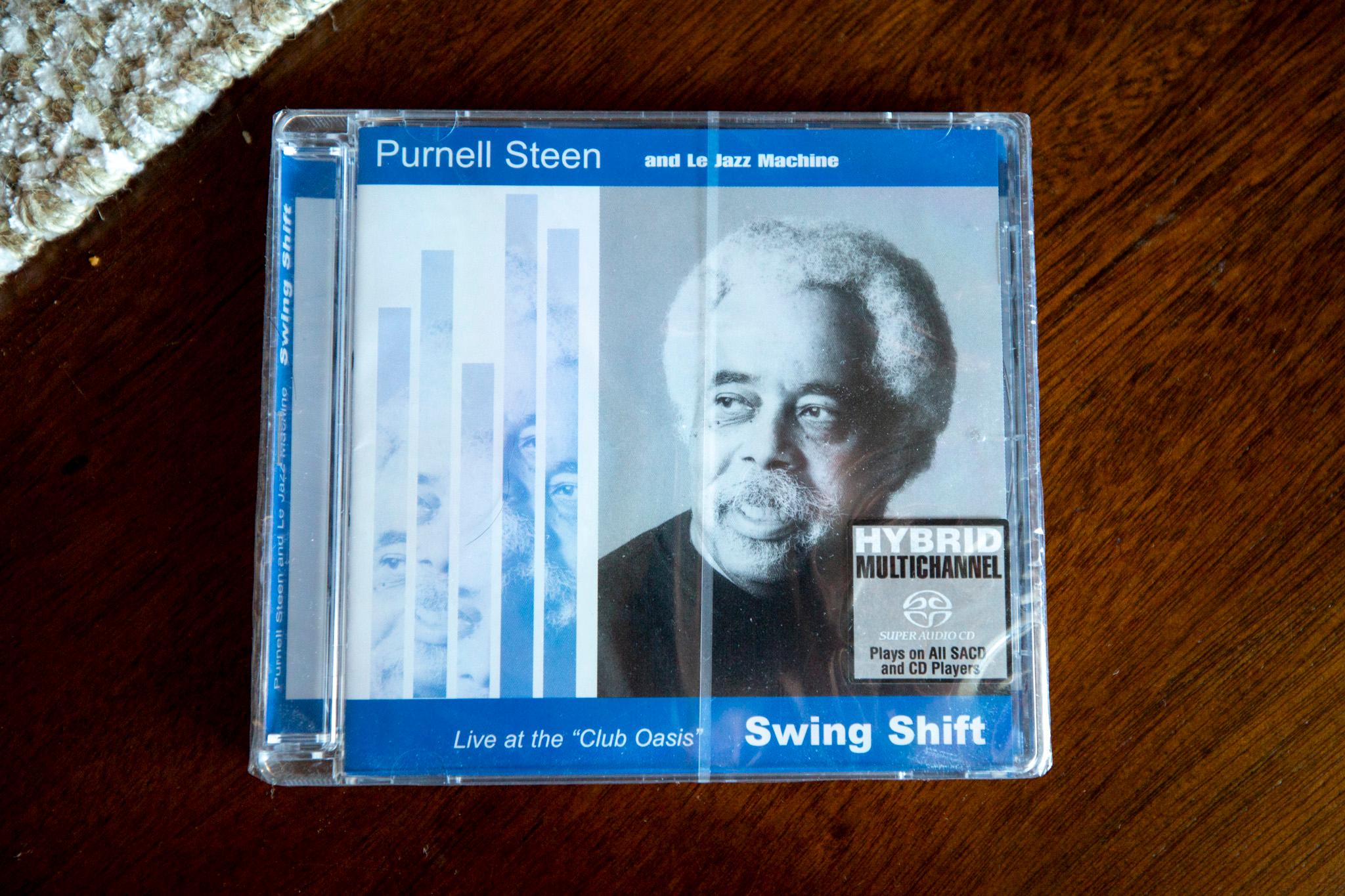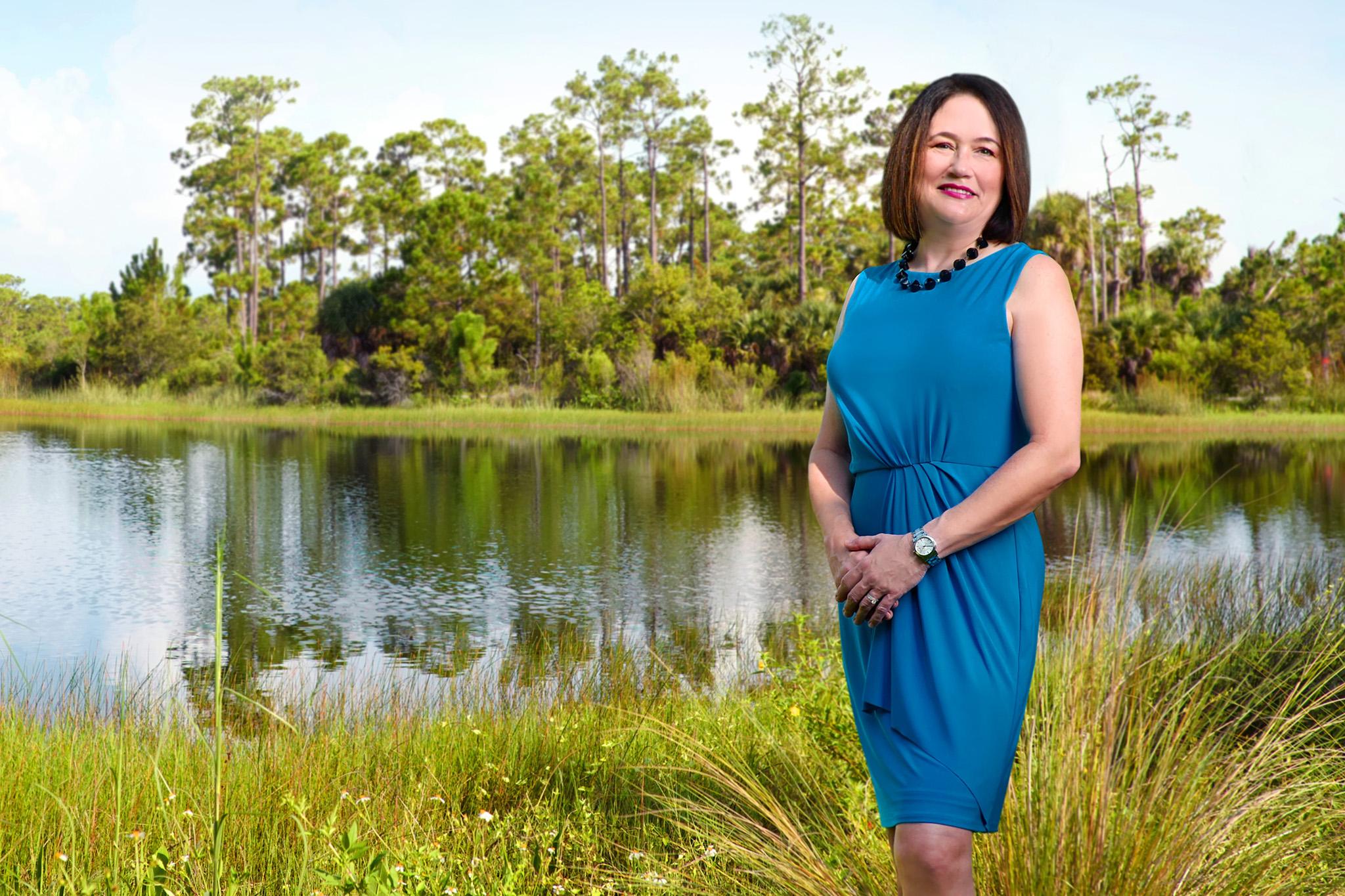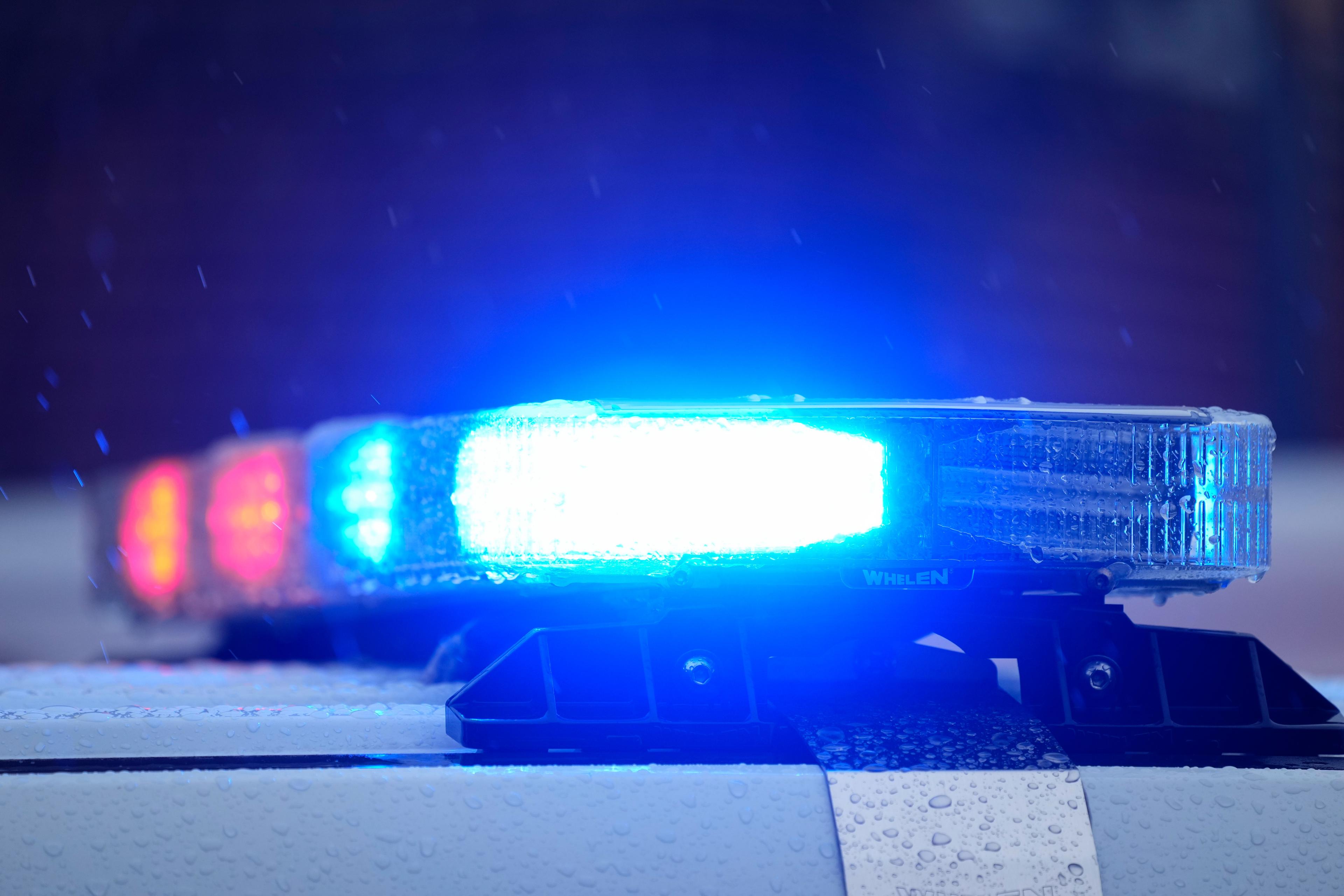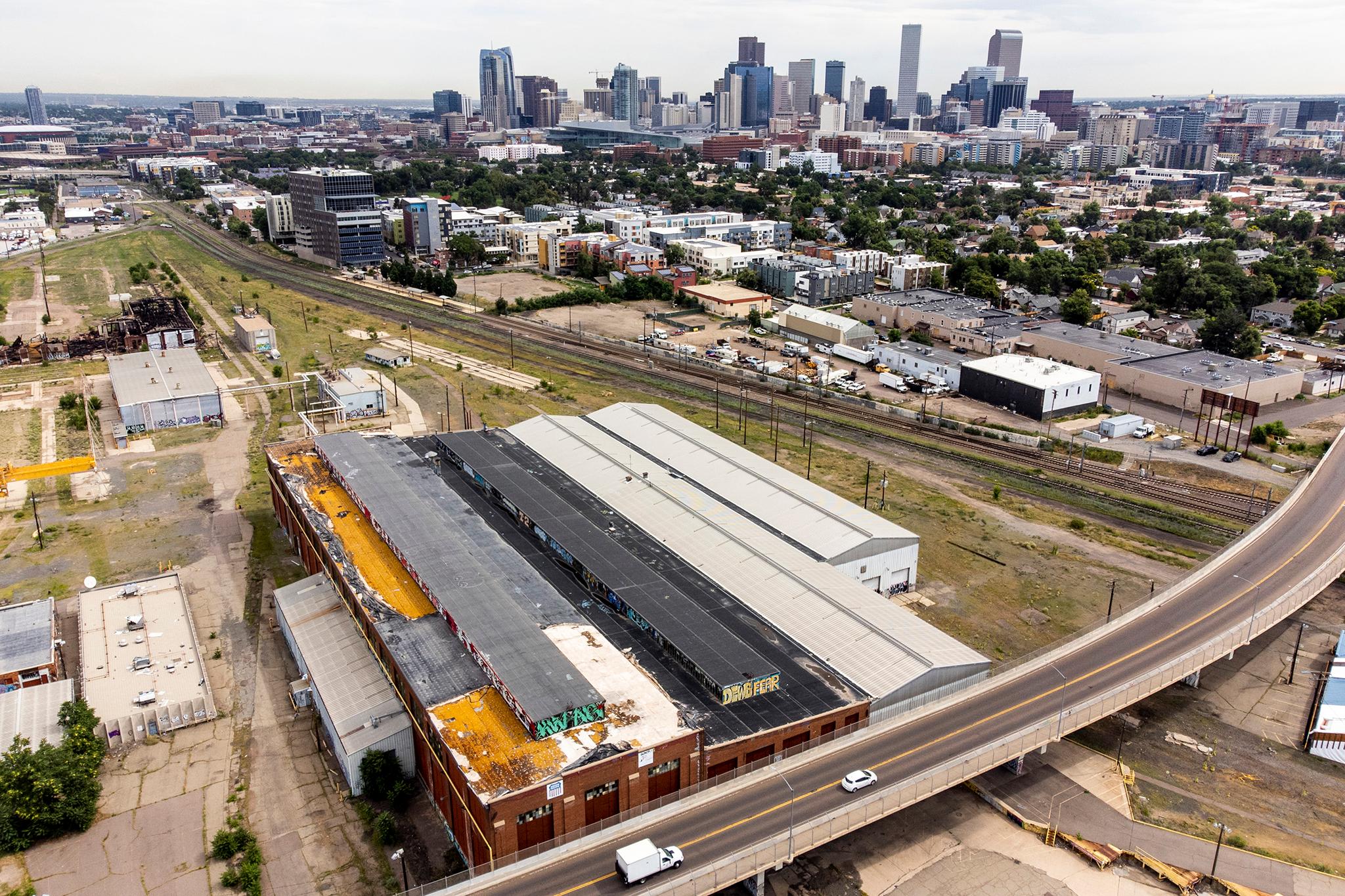An exotic beetle with a metallic green exoskeleton has arrived in Denver — and it wants to eat your ash trees.
For years, Denver forestry officials have been preparing for the arrival of the emerald ash borer, an invasive species native to Asia. Ever since arriving in the United States in 2002, the beetle has killed hundreds of millions of ash trees.
And on June 17, lab results and a visit to an infected ash tree confirmed a forester’s worst nightmare: The beetle has finally arrived in Denver.
Emerald ash borers kill ash trees by boring a small hole under the bark and laying their eggs there. After the larvae emerge, the beetle babies feed on the inner bark, which causes the tree to rot from the inside out.
There are about 330,000 ash trees in Denver — that’s one in every six trees in the city. Denver Parks and Recreation has warned through its public awareness campaign — Be A Smart Ash — that once emerald ash borers arrive, ash tree destruction is inevitable.
The city has been preparing for this.
The city has been administering treatments to ash trees that deter the beetles from boring into their trunks. Certain treatments have been found to be 90 percent effective at controlling emerald ash borers.
Luke Killoran, Denver’s City Forester, came to the job after working in the same role in Lakewood, which discovered the presence of emerald ash borers last year.
“We learned a lot in Lakewood, and we are ready to respond in Denver to limit the effects EAB could have on our tree canopy,” Killoran said.
So far, the city has treated 6,000 trees and removed 1,000 in the public right-of-way. The city has also planted 1,500 non-ash trees to proactively prepare.
A spokesperson for the department said there are a total of about 27,000 ash trees in the public right-of-way by Denver — the other several hundred thousand are private property.
What if I have an ash tree in my backyard?
While the city is responsible for ash trees on city property, like parks, backyard trees and those in the public right-of-way are the responsibility of whoever owns the land.
There’s a major incentive to make sure your trees are beetle-proof. According to Colorado State University Extension, the loss of trees can result in lower property value, hotter urban temperatures and more pollution.
Property owners and residents are encouraged to either treat private ash trees with insecticide or remove them entirely. Those who choose the latter can apply for a free replacement tree.
Editor's note: This story has been corrected to reflect that the city is not responsible for trees in the public right-of-way, just trees on city-managed land, like parks.

